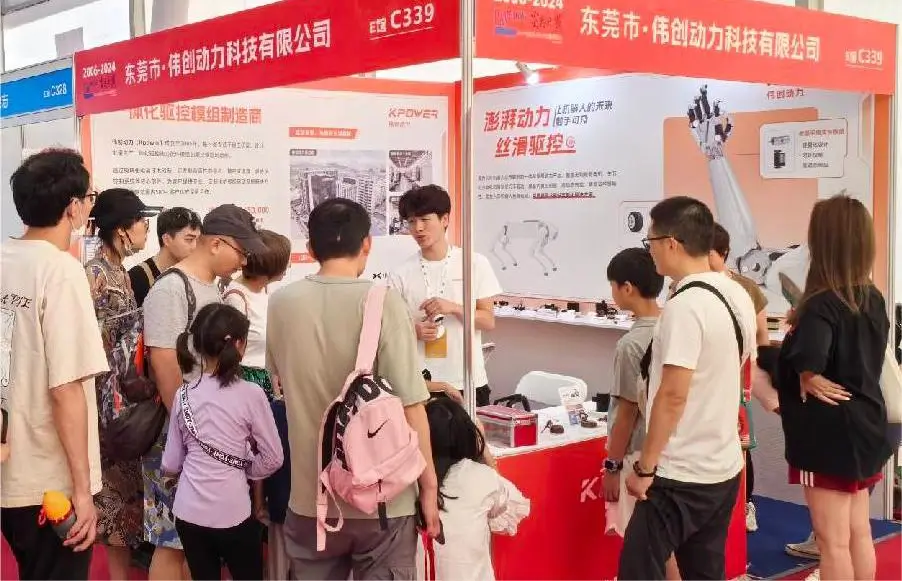Ever wondered why some motors seem to have this dramatic "jump" when they start up? That’s the magic of a DC motor with high starting torque. It’s almost like pushing a heavy door open—you need that initial push to get things moving, right? Well, in the realm of electric motors, that powerful shove is a game-changer, especially when dealing with loads that demand a quick, strong burst of force right from the get-go.

Here’s the scoop: a DC motor's capacity for high starting torque primarily hinges on how its coil windings and magnetic fields cooperate during startup. When you switch the motor on, the rotor is initially at rest, which means no back EMF (electromotive force) to oppose the current. This allows a high current to flow freely into the windings. That surge of current amplifies the magnetic fields, creating a massive torque that can conquer inertia and get the load rolling. Think of it like giving a hefty shove to a stalled bicycle—once it’s moving, less effort is needed, but that initial force is what counts most.
But here’s the interesting part: the design of DC motors can really amplify this effect. For example, series-wound motors—those are a favorite in applications where high starting torque is a must—are wired so that the same current flows through the field and armature. This causes the magnetic field to strengthen with the current, peaking the torque right at startup. It’s like the motor gets a big adrenaline shot immediately, powering through stalls or heavy loads without breaking a sweat.
People often ask, “Why not just have a bigger motor instead?” Well, size isn’t everything. Bigger motors might get the job done, but they also eat up more space, cost more, and sometimes aren't as efficient when the load is light. High starting torque in smaller, well-designed DC motors means quick response, less electrical stress during startup, and greater overall efficiency. It’s a sweet spot for many industrial and mobile applications—think electric vehicles, cranes, or conveyor systems where getting moving quickly matters.
One thing to keep in mind: controlling this torque can be a balancing act. Too much torque might strain other mechanical parts—so motor design often involves smart choices about winding configurations, using special materials, or incorporating controllers that limit current during startup. It’s about giving the right push at the right time, without overdoing it.
What’s cool is that advancements in motor technology continue to push the boundaries. With smarter designs, you get motors that pack a punch off the line but also glide smoothly once moving. It’s like a sprinter who’s explosive out of the blocks but gracefully settles into their stride. That’s what high starting torque delivers—a quick, powerful start, then efficiency and smooth operation afterward.
So if you’re chasing a motor that can handle heavy starts and still be efficient at the finish line, understanding the “why” behind high starting torque isn’t just geek talk; it’s the key to choosing the right motor for the job. Sometimes, that initial push makes all the difference, and that’s what makes these motors stand out from the crowd.
Established in 2005, Kpower has been dedicated to a professional compact motion unit manufacturer, headquartered in Dongguan, Guangdong Province, China.




































